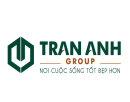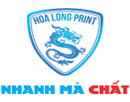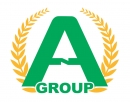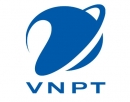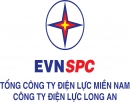Waterway system connecting the regions
The system of rivers, canals, and streams stretching thousands of kilometers from the lower region to the Dong Thap Muoi region, connecting areas inside and outside the province, is a favorable condition for the development of waterway transport. With inland waterways in the province, there are many canals: Thu Thua, Duong Van Duong, 79, 12, Xang Lon, 61, Bo Bo, Nhon Xuyen, Cai Co, etc. The province also has major rivers such as Vam Co Dong, Vam Co Tay, Vam Co, Can Giuoc, Soai Rap.
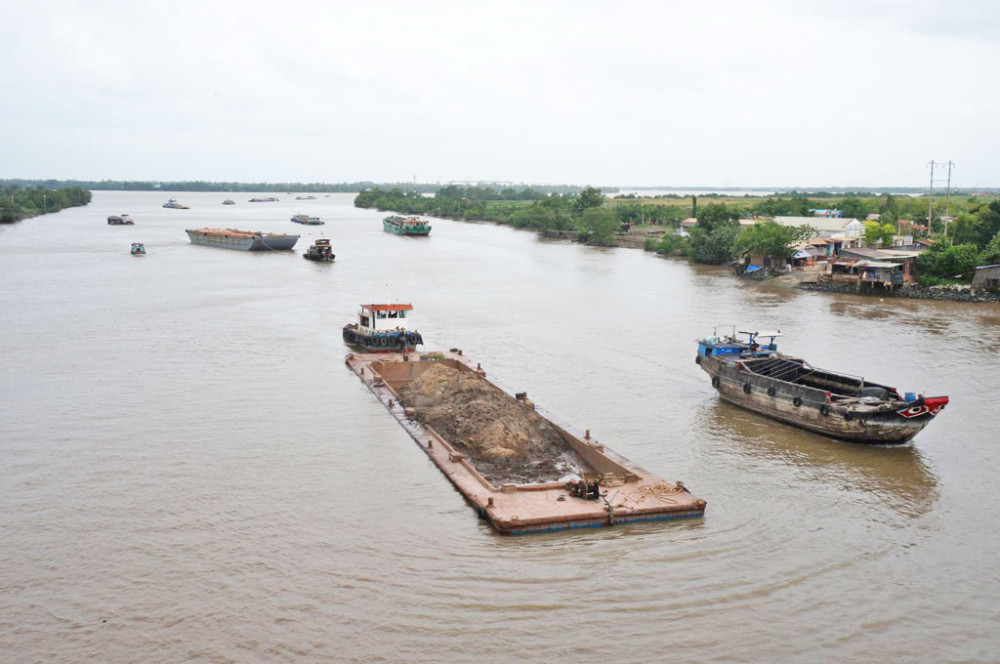
Watercraft transporting goods via inland waterways of the province
According to the Head of the Traffic Safety Department of the Department of Transport (GTVT) - Nguyen Hoai Phong, based on the regulations on decentralization of management, the Department is assigned to manage and maintain 35 inland waterway routes with a length of nearly 600km with rivers and canals of type 4 and type 5. Every year, the Department advises the Provincial People's Committee to issue a Decision on promulgating the unit price for ordering public services using the state budget in the field of management and regular maintenance of inland waterways.
The routes are managed by the Central Government with a total length of about 620km. Of which, the main routes are the Vam Co, Vam Co Dong, Vam Co Tay, Can Giuoc, Rach La, Ben Luc - Cho Dem Thu Thua rivers or the Thap Muoi No. 1, Thap Muoi No. 2 canals, etc.
According to the Department of Transport, Vehicle and Driver Management, every day there are thousands of waterway vehicles circulating in the province. The main transported goods are agricultural products, construction materials, fertilizers, iron and steel, etc. According to statistics, the current daily cargo volume at Long An Port Authority is 25,500 tons.
Long An's system of rivers, canals and streams is dense, with a total length of more than 8,900km. Currently, the province has 18 inland waterway ports, including 10 ports for loading and unloading goods, 7 specialized inland waterway ports, and 1 inland petroleum port. All of the above ports belong to 2 key routes and national waterways: Can Giuoc River (1 port) and Vam Co Dong River (17 ports).
The province has 393 inland waterway wharves for loading and unloading goods (304 inland waterway wharves belonging to national waterways and 89 wharves belonging to local waterways). Of these, there are 207 wharves for loading and unloading construction materials, 62 wharves for loading and unloading fuel, 42 wharves for loading and unloading food, 35 wharves for building and repairing watercraft, 47 wharves for loading and unloading fertilizers and other goods. In addition, the province has 136 passenger wharves operating across the river.
In addition, on the maritime route (Soai Rap River) of the province, there are 2 seaports, Long An International Port and Pacific Petro International Oil and Gas Port managed by the Ho Chi Minh City Maritime Port Authority
Continuing to exploit effectively
At the Nuoc Man canal route through Can Duoc district, the flow of cargo ships and barges carrying goods and construction materials from the West to Ho Chi Minh City and the provinces of the Southeast region is bustling.
Mr. Nguyen Van Tuan - a resident of Long Huu Dong commune, Can Duoc district, said: "The transport of goods through Nuoc Man canal is increasingly bustling. Through observation, traffic density is increasing.
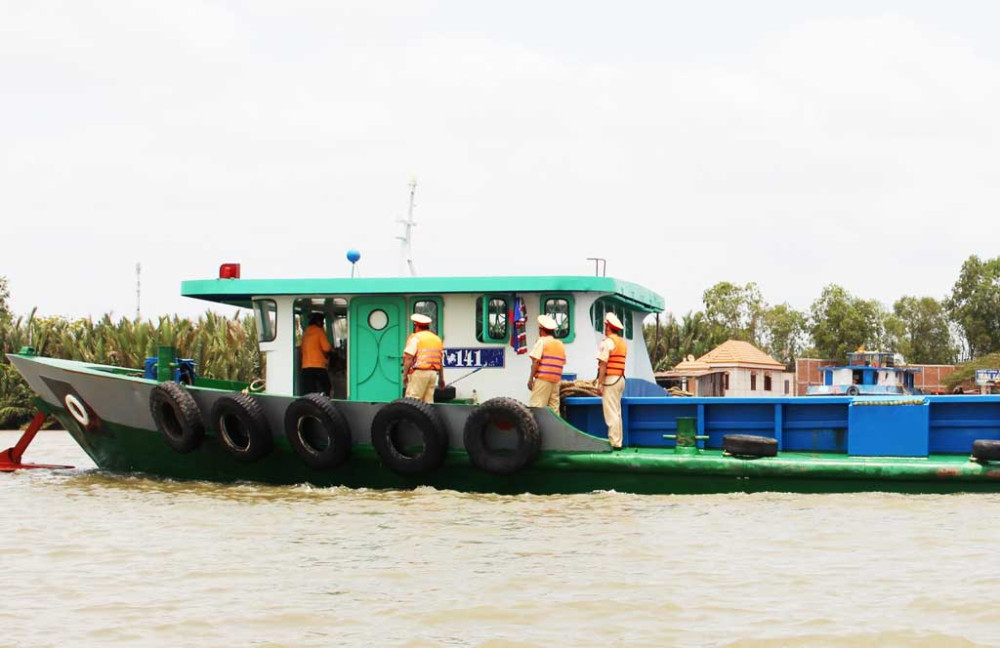
Traffic police check the operating conditions of waterway vehicles
On the inland waterway route in the province, there are also projects invested in other purposes other than transportation. Rach Chanh ship lock (Loi Binh Nhon commune, Tan An city) was invested in and completed, put into use since the end of 2016, with a total investment of 650 billion VND, modern design, vehicles designed under 1,000 tons will be able to pass through the lock. In addition, Rach Chanh ship lock also plays a particularly important role in flood discharge in the rainy season, preventing salinity in the dry season, and regulating fresh water in the Dong Thap Muoi region.
Mr. Truong Thinh - owner of a 50-ton wooden boat carrying rice, said: "Every week, I operate 2-3 trips through Rach Chanh ship lock. The route through the ship lock creates favorable conditions for inland waterway transport, shortening the distance by 50km (about 6-8 hours) from Ho Chi Minh City to provinces and cities in the Mekong Delta region”.
Along with the advantages, potential and development, in recent times, inland waterway freight transport in the province has encountered some difficulties and limitations. That is, many waterway vehicles have been temporarily stopped operating; the source of raw materials for waterway vehicles is increasingly scarce. Through inspection, there are still wharf owners, vehicle owners and vehicle drivers who have not complied well with the provisions of the Law on Inland Waterway Traffic and related legal documents. In recent years, the temporary detention of violating vehicles and the unloading of violating vehicles carrying goods exceeding the safe waterline mark have encountered difficulties in handling.
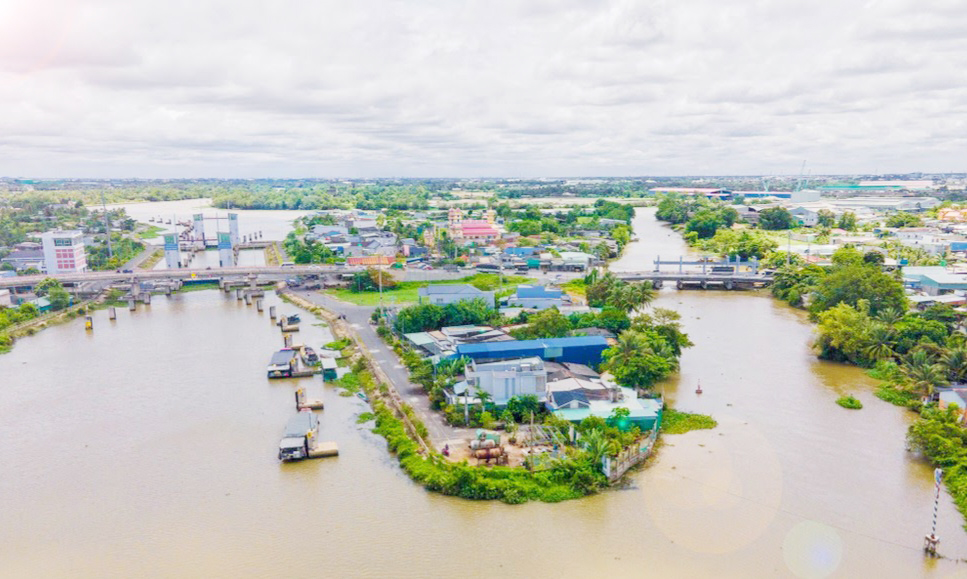
The Rach Chanh ship lock area (Loi Binh Nhon commune, Tan An city) is also a place with a large volume of waterway transport vehicles passing through
To exploit inland waterway transport more effectively in the province, the above difficulties have been pointed out for resolution. In particular, localities and the Central Government need to focus on investing in dredging and clearing waterways; focus on investing in developing waterways that connect regions and areas with industrial parks, capable of accommodating large-tonnage waterway vehicles.
In addition, localities and the Central Government need to invest in building specialized wharves for loading and unloading goods, conveniently connected to roads. All levels, sectors and organizations should promote propaganda work, raise awareness of law compliance of individuals and organizations operating in the field of inland waterway transport; strengthen inspection, promptly detect and strictly handle violations of order and safety of waterway traffic; promote propaganda and persistently build a culture of waterway traffic./.
| According to Decision No. 686/QD-TTg, dated June 13, 2023 of the Prime Minister on approving the Long An Provincial Master Plan for the period 2021-2030, with a vision to 2050, the plan for developing technical infrastructure has been outlined. Regarding provincial-level waterway traffic infrastructure, it is necessary to upgrade and renovate 5 transport routes: Tan Tap (Long An seaport) - Ben Luc - Duc Hoa route; Tan Tap (Long An seaport) - Ben Luc - Moc Hoa route; Tan Tap (Long An seaport) - Tan An - Duc Hoa route; Tan Tap (Long An seaport) - Tan An - Moc Hoa route; Phuoc Dong - Tan Kim route and 11 branch routes. Inland waterway ports, group 1, planning 18 cargo ports, with a scale to accommodate general cargo and bulk cargo ships with a capacity of 1,000-2,000 tons. Group 2, planning 17 specialized ports including petroleum ports, ports serving the operations of some factories and industrial parks. Construction scale must accommodate ships with a capacity of 200-5,000 tons. Group 3, planning 14 passenger ports synchronized with passenger transport routes and in accordance with the urban planning of the province. In addition, the province has planning for 2 dry ports: Ben Luc dry port in Ben Luc district, with an area of 10-15 hectares, a capacity of 150,000 TEUs/year; Tan Lap dry port in Thu Thua district, with an area of 10-15 hectares, a capacity of 150,000 TEUs/year. |
By Vu Quang - Translated by Q. Thien
Source: https://baolongan.vn/phat-huy-loi-the-van-tai-duong-thuy-noi-dia-a183141.html
 Education ministry proposes raising teachers’ allowances up to 80%
Education ministry proposes raising teachers’ allowances up to 80%






